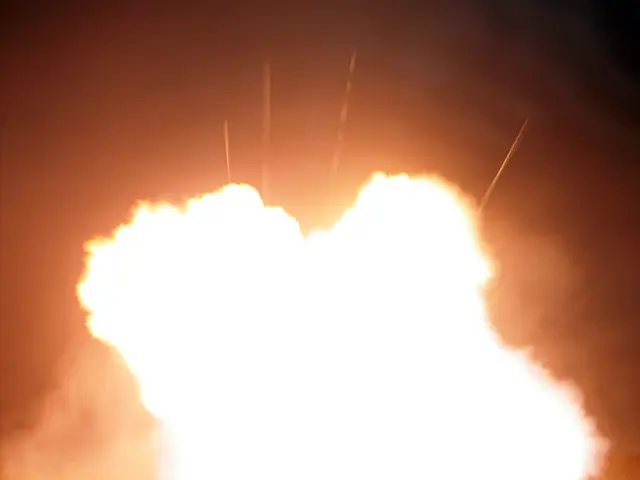Ramping Up NATO Spending: The Great Debate
NATO leader aims for defense budget ratio of 5% GDP by 2032, as per Dutch Prime Minister's statement.
Get ready for fireworks at the upcoming NATO summit in The Hague as President Donald Trump presses European and Canadian countries to boost their military spending percentages. The target? Five percent of GDP, a figure even the USA doesn't currently reach.
Dutch Prime Minister Mark Rutte has penned a letter to NATO's 32 member states, urging them to reach 3.5 percent of GDP on hard military expenditures and 1.5 percent on related investments such as infrastructure, cybersecurity, and more over the next seven years.
Trump's push for increased NATO spending comes at a critical juncture. Last month, foreign ministers from alliance countries are due to discuss this issue at an informal gathering in Antalya, Turkey. Rutte, however, declined to confirm the exact figures under discussion, only hinting at internal NATO chats happening behind the scenes.
Diplomatic sources within NATO, speaking under the condition of anonymity, reveal that a proposal recently circulated advocates a 0.2 percent annual increase in direct military spending, reaching the 2032 mark. Nevertheless, these early-stage discussions show no clear signs of consensus yet.
The boundaries of what might be considered for the 1.5 percent of loosely-related defense spending are still under discussion.
Chancellor Friedrich Merz of Germany emphasized on a recent visit to NATO headquarters in Brussels that the focus should be on continuous efforts in the coming years, rather than debating abstract GDP percentages. Merz clarified that every percentage point increase in GDP for Germany meant a whopping €45 billion ($50 billion).
Trump's Tough Tactics
Trump has long accused NATO allies of underspending on defense and benefiting from US generosity. He's even threatened to withhold protection for nations that don't meet his expectations for military spending.
Following Russia's invasion of Ukraine in 2022, European countries have ramped up their defense spending. Rutte believes that more needs to be done to counter Moscow, stating that the efforts must be significantly higher to deter Russia.
Last year, 22 out of NATO's 32 allies reached the current spending target of 2 percent of GDP on their military forces. Countries like Italy, Spain, Canada, and Belgium still below the 2 percent threshold have vowed to reach it by 2025.
While the USA spent 3.19 percent of its GDP on defense in 2024, it occupied the second spot in military spending, trailing behind Poland, Estonia, and Lithuania, countries located near Russia. However, the U.S remains the leading military spender within NATO in absolute terms, accounting for 64 percent of all defense expenditure in 2024.
The Road Ahead
To bolster European defense capabilities, the EU has proposed relaxing budget rules and establishing a €150 billion defense fund. As the NATO summit in The Hague approaches, the debate over defense spending targets sweeps across the Western alliance, with each member nation grappling with its own budget constraints and strategic priorities.
- Amidst the upcoming NATO summit in The Hague, President Donald Trump is urging European and Canadian countries to increase their military spending percentages to 5% of their GDP, a figure that even the USA does not currently reach.
- Dutch Prime Minister Mark Rutte has written a letter to NATO's 32 member states, suggesting they aim for 3.5% of GDP on hard military expenditures and 1.5% on related investments like infrastructure, cybersecurity, over the next seven years.
- At an upcoming informal gathering in Antalya, Turkey, foreign ministers from alliance countries are due to discuss the issue of NATO spending, a critical juncture given Donald Trump's push.
- A recent proposal suggests a 0.2% annual increase in direct military spending to reach the 2032 mark, but consensus is yet to emerge in these early-stage discussions.
- Chancellor Friedrich Merz of Germany, during a visit to NATO headquarters, emphasized the need for continuous efforts, rather than debating abstract GDP percentages, as each percentage point increase in GDP for Germany means €45 billion ($50 billion).
- Following Russia's invasion of Ukraine in 2022, many European countries have increased their defense spending. Dutch Prime Minister Rutte believes more must be done to counter Moscow, advocating for significantly higher efforts to deter Russia.








